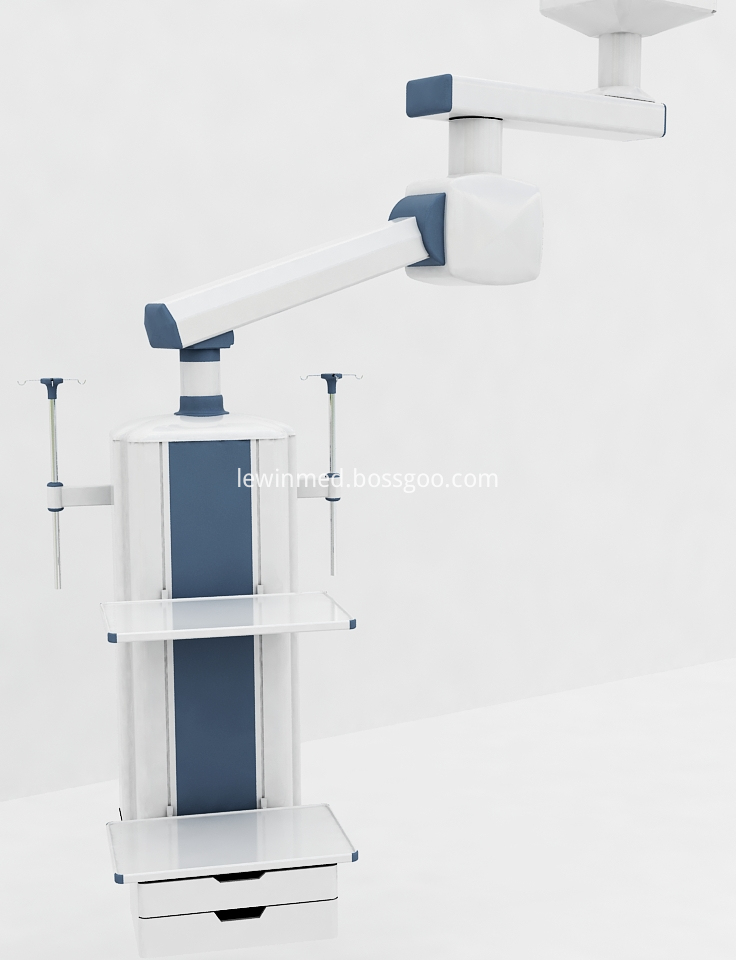Thistle is a rare and unique fruit found in the subtropical regions of China. Known for its soft, juicy texture and a balanced sweet-sour flavor, it is not only delicious but also has significant medicinal properties, such as benefiting the lungs, acting as a diuretic, and aiding digestion. Due to its popularity and health benefits, it's highly valued by consumers. However, thistle fruits are delicate—having thin skin and tender flesh—making them prone to mechanical damage and microbial infection. As a result, they have poor storage and transportation resistance, often rotting within 20 days at room temperature. This makes it crucial to implement effective preservation methods to maintain freshness and extend shelf life. Below are several practical techniques that can be used for better storage and handling.
1. **Common Preservation Methods**
- **Cold Storage**: Thistle fruits are non-climacteric, meaning their respiration and ethylene production remain stable after harvest. They are also not cold-sensitive and can be stored at 1°C without showing signs of cold injury. The ideal storage temperature for thistle is between 1-5°C. At this temperature, the fruit maintains its freshness and quality for over 20 days. When combined with plastic wrap packaging, the storage period can be extended to up to 30 days, with a good fruit rate exceeding 90%.
- **Modified Atmosphere Storage**: Storing thistle at 5°C (with ±1°C variation) and a relative humidity of 90-95% is optimal. The oxygen level should be maintained between 10-12%, while carbon dioxide levels should stay around 4-6%. This method allows for more than 50 days of storage with a good fruit rate of 96%. After storage, the fruits remain plump, vibrant, and easy to peel. However, careful monitoring of gas concentrations is essential to prevent spoilage.
2. **Key Operational Steps**
- **Harvesting**: Different varieties should be harvested separately. Even within the same cluster, if the maturity varies, they should be picked and stored individually. For optimal quality, thistle should be harvested when fully mature and colored. However, for storage or transport, it can be harvested slightly earlier—around 80-90% maturity. At this stage, the fruit is firm and well-colored, making it suitable for further processing. Harvesting should occur during cooler times of the day, such as early morning or late afternoon, and avoid rainy or hot days. Care must be taken to handle the fruit gently, using scissors to cut the stem cleanly, avoiding any squeezing or damaging the fruit’s surface.
- **Grading**: After harvesting, fruits should be sorted to remove damaged, cracked, or infested ones. Sorting based on size, weight, and appearance ensures uniform quality and improves storage efficiency.
- **Pre-cooling**: It is essential to cool the fruit quickly after harvest. Ideally, the fruit should be cooled to about 0°C within 24 hours. This helps reduce field heat, slow down respiration, and inhibit microbial growth. Pre-cooling can be done in a cooling room, through forced air ventilation, or by air-drying in a cool place for 2–3 days.
- **Antiseptic Treatment**: After pre-cooling, the fruit should be treated with a disinfectant solution. A common method involves soaking the fruit in a solution of 1000 mg/kg carbendazim and 200 mg/kg "2,4-D" for about one minute, then drying before packaging. Alternatively, a 0.1% konjac mannan solution mixed with 200 mg/kg "2,4-D" can be used. This treatment helps extend the shelf life and reduces decay rates.
- **Packaging**: The inner packaging can be polyethylene bags with thickness ranging from 0.02 to 0.06 mm, with each bag containing 1–3 kg of fruit. These are then placed into larger boxes. The outer packaging can include cartons, wooden crates, or plastic containers. Each box should be lined with cushioning material to protect the fruit. The weight per box should be around 20 kg to ensure even distribution and stability.
- **Transportation**: Transportation should be fast and smooth, with attention given to maintaining stable temperatures. If possible, a cold chain system should be used to keep the temperature between 1–5°C throughout the process. If not available, the fruit should be cooled before loading to reach refrigeration temperature quickly and maintained at that level during transit.
3. **Disease Control During Storage**
During storage, gray spot disease can lead to significant fruit rot. This disease often originates from infected leaves. To prevent it, apply a 1000 mg/kg benzimidazole solution before harvest. This treatment helps reduce the risk of infection and ensures better post-harvest quality.
By following these steps and methods, thistle can be preserved effectively, maintaining its quality and extending its shelf life, making it more accessible and valuable for both local and commercial use.
Double Arm Electric Surgical Pendant
Lewin double arms medical pendants surgeon's pendant will support all medical equipment such as monitors,camera,power tools and video and etc,can position all the equipment conveniently adjacent to the surgical site. Medical pendants provide medical gas,electrical and data services.For the pendants, customer can customize arm length.All kinds of terminal such as medical gas, electricity and network are gathered on the control board. Some medical machines of certain weight can be placed in the board and drawer.

Double Arm Electric Surgical Pendant,Electric Anesthesia Pendant,Electric Hospital Pendant,Electric Medical Gas Pendant
Shandong Lewin Medical Equipment Co., Ltd. , https://www.lewinmed.com
